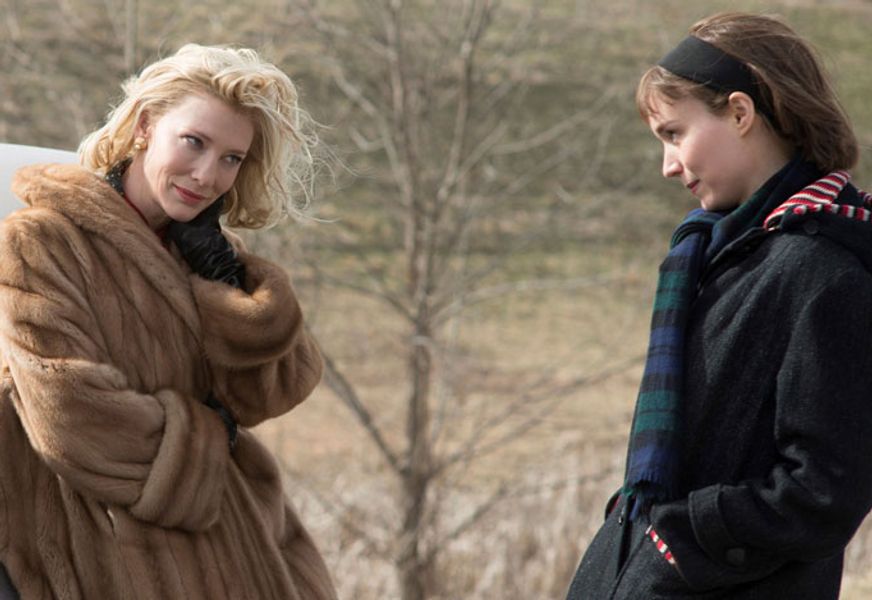Based on Patricia Highsmith’s 1952 novel, adapted by Phyllis Nagy in her 1997 screenplay, Todd Hayes’ 2015 film Carol was a cracker. A 1950s period drama revolved around an aspiring photographer, Theresa Belivet, played by Rooney Mara, who finds herself falling haplessly in love with an older, married woman, named Carol, played by Cate Blanchett.
The intelligent and resplendent Carol is dealing with a messy divorce where her vile husband threatens to take complete custody of their daughter by bringing out Carol’s latent lesbianism out in the open, which would hint at her apparent incompetency to parent a child.
Carol is compelled to make a courageous decision while facing such daunting obstacles that hinder her from being with her beloved. Hailing from two different backgrounds, they find themselves devastatingly in love with one another — their helplessness results from societal stereotypes and prejudices.
The film was emitted from the Academy Awards, following the fate of its predecessor Brokeback Mountain, the film was nominated but lost to Crash, which led to a lot of controversy regarding the Academy’s blatant homophobia and conservatism regarding homosexuality and lesbianism in particular.
Since forbidden love and undeniable desire form the crux of the story, the film sees a torrid love sequence between the duo whose resonant performances help ignite Hayes’ creative abilities.
Recently, Hayes opened up about how the lesbian scene was shot, defying the general stereotypes against lesbianism in Hollywood where a female-female love affair was seen as extravagant and scandalous — something that was supposed to be a lustful spectacle devoid of emotional and psychological layers.
Their three-minute love scene is based on the premise that homosexuality is repressed to keep up with societal norms. The love scene was indeed quite ground-breaking as it defied all the restrictions placed on the female body.
Hayes recalled how the actors’ anxiety and nervousness were pretty palpable while shooting any love sequence. “I try to create an environment that’s comfortable and predictable. You set your shots, get rid of people that don’t need to be there — and then you basically just go.”
Talking about her character’s predicament when her lesbianism is weaponized against her, Blanchett talks about how Carol’s feelings erupt like “volcanic stuff” as she “has to learn to give in to the flights of fantasy that our hearts drive us to — but that’s a dangerous place to be.”
Blanchett also acknowledged how challenging it was to go back in time and view the film via a sexually repressive lens. “These are desperately isolated women, not simply because of their sexual orientation but because they’re female in the 1950s when there wasn’t a freedom of emotional speech around this stuff that there is today.”
As for Rooney Mara, having done four films, the actress was exhausted and doubtful of whether she would execute well, which led her to turn the role down. However, the actress delivered one of her best, career-defining performances as the supportive and effervescent Theresa, whose presence keeps Carol’s fight alive.
Watch Carol on Netflix now.
